In this post, we’ll cover what a robot is, how it is defined, the key components that make up a robot and provide some example real robots in the world and movies. So, what is a robot?
A robot is a goal oriented machine that generally can sense, plan and act all on its own without a human controlling them. The goal of the robot is its “purpose”, which can be moving around without hitting things, moving other things between places, cleaning, cooking, exploring ect. When talking about a robot, sense, plan and act mean:


Sense: The robot can “see” its environment, for example a self driving car can see the road and cars in front of it. It needs to understand its environment to perform the correct actions in its plan.
Plan: The robot can decide what to do given what it has seen to achieve the goal goal it has been instructed (programmed) to do, such as a self driving car turning on the road based on its location.
Act: The robot can move (actuate) on its own, whether propellers (drones), legs (humanoids), wheels (mobile robots), arms (robotic manipulators) ect. A self driving car can regulate throttle and press the gas pedal or break automatically based on its plan.
In order to sense a robot has sensors, and in order to plan a robot generally has a computer somewhere, and finally to act a robot will have a movable part (wheels, arms, ect). Here is an example robot where all of these parts are visible:
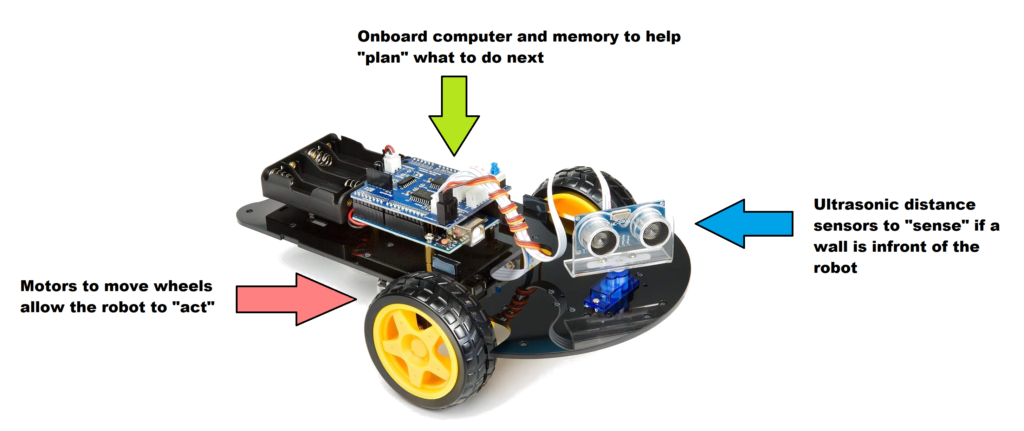

Robots are also known to be consistent, accurate, and reliable. What do each of these mean for a robot?
Consistent: The robot is able to perform the same task repeatedly the same way (the action is deterministic.)
Accurate: The robot can perform its actions with a high degree of accuracy, for example if it was an archery robot, it would always hit the center of the bullseye.
Reliable: The robot should not fail/require maintenance often. For example, a robot that uses an arm to move things should not frequently need new parts in its arm, it should be able to handle the wear from repeated motions without losing accuracy over time.
Robots in the world today
Robots are great for things people can’t do (in harsh environments such as space, the deep sea), won’t do (boring, dull), or shouldn’t do (dangerous, unhealthy). Robots come in all shapes and sizes, designed to be good at the job they perform. Let’s look at some robots in existence today:
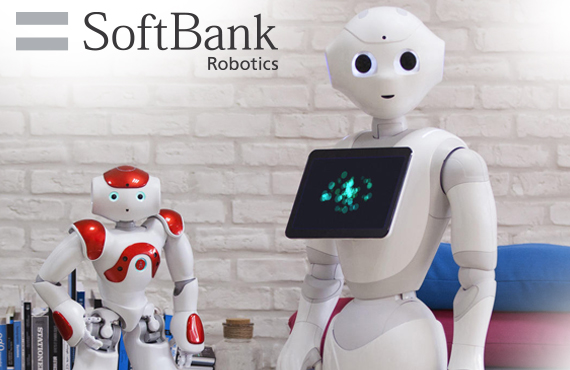

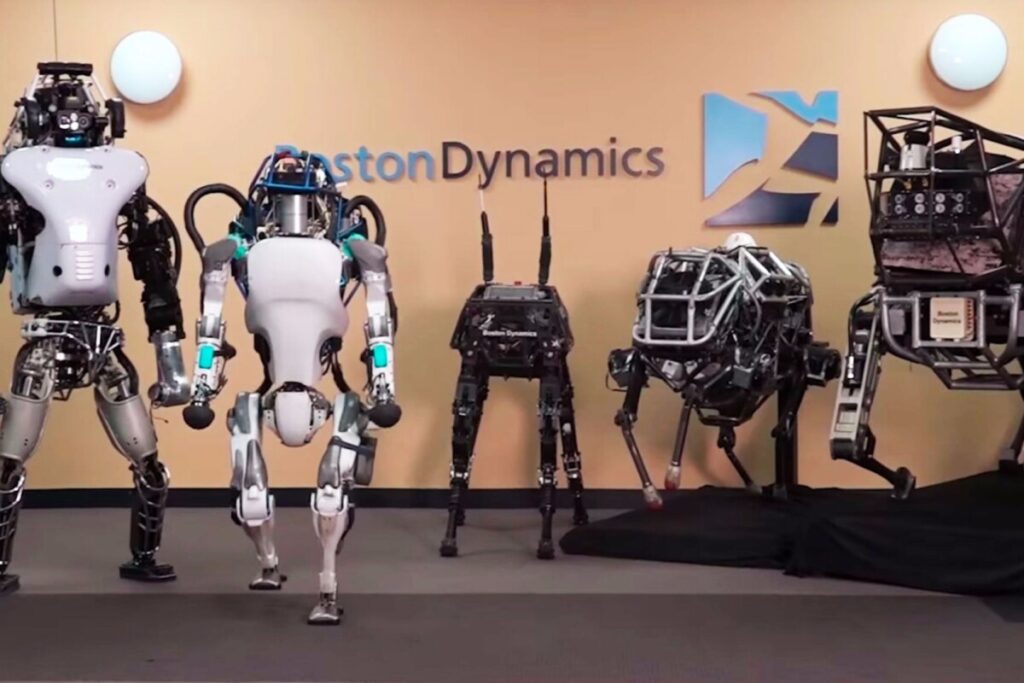

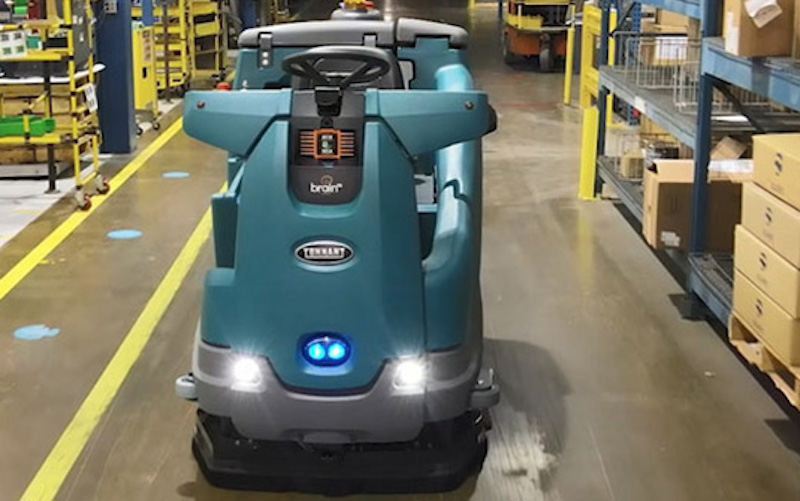

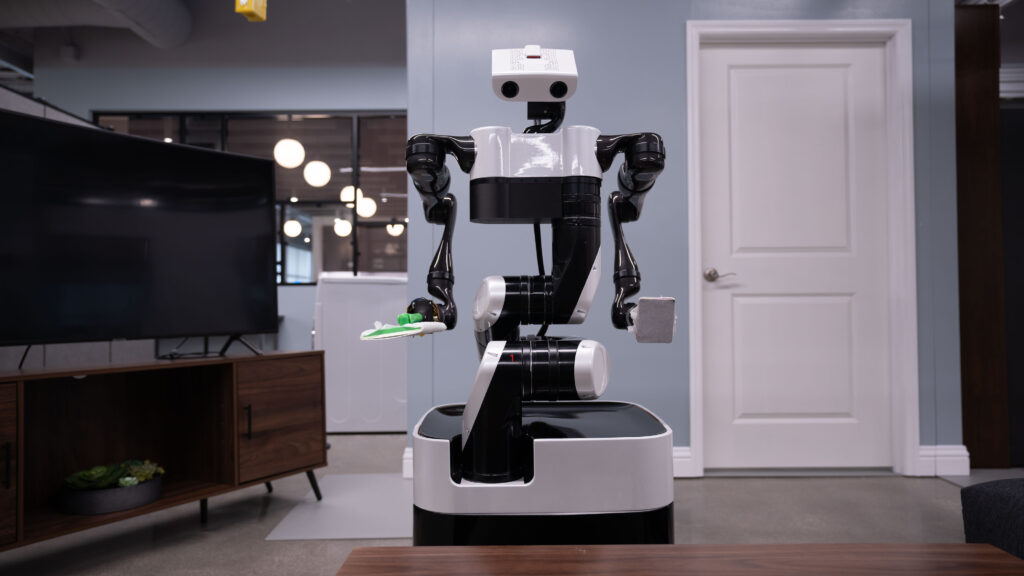

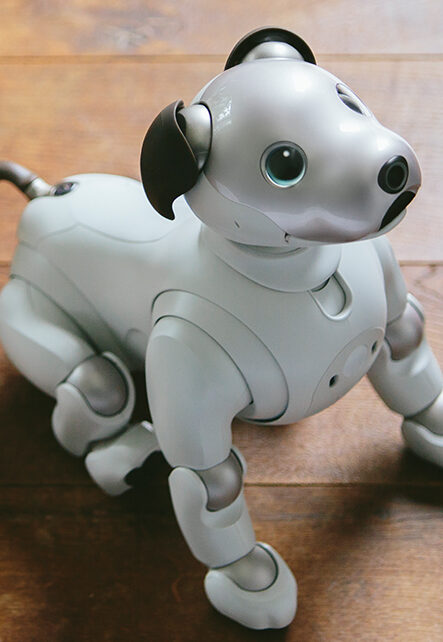

Softbank robotics have created robots called Pepper and Nao. These robots are used in hospitality to greet and help check in guests, and in educational settings to teach kids robotics and basic educational principles.
Boston Dynamics have created a variety of robots, known most famously for their Spot robot dog, that can be found at Disneyland, or walking around and take pictures of dangerous areas such as chemical plants.
Brain Corp has created a robotic brain to automatically drive scrubbing robots around public stores that keep floors clean.
Toyota has worked on a robot to help out in the home, from folding laundry to organizing shelves and moving things throughout the house.
Sony has created its own robot dog aibo, and example of human robot interaction research. Robot companions are commonly used to provide low maintenance pets that can still react to interactions from their owners!
The above is just a small collection of robots in the world today, and there are many more with many more roles, such as:
- Agricultural robots for farming
- Factory robots for car production
- Warehouse robots for inventory management and movement
- Underwater robots for exploration
- Many more!
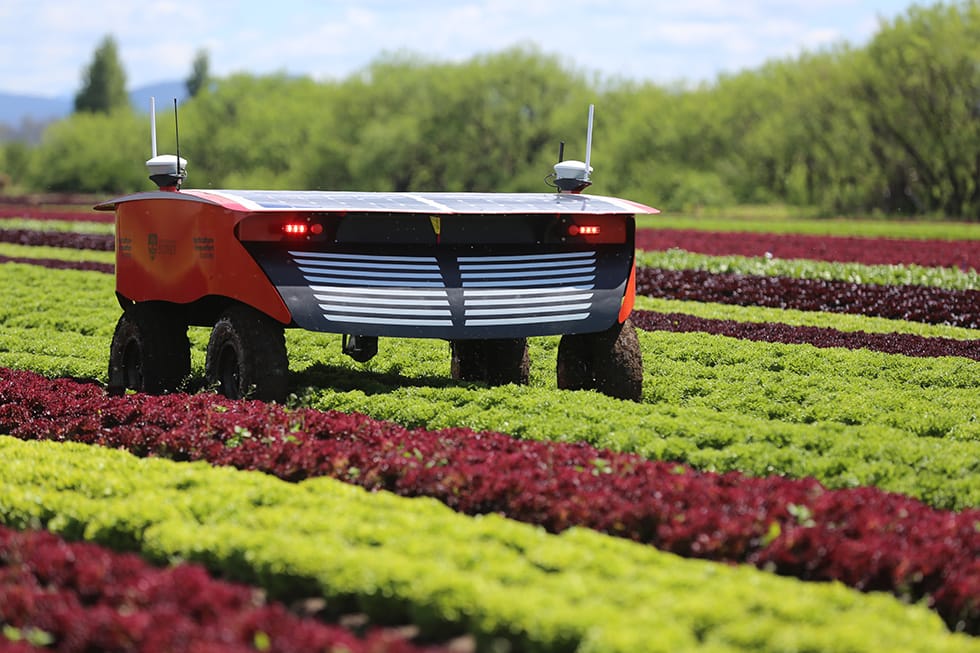

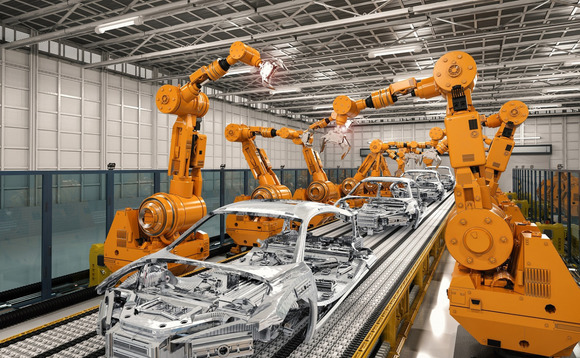

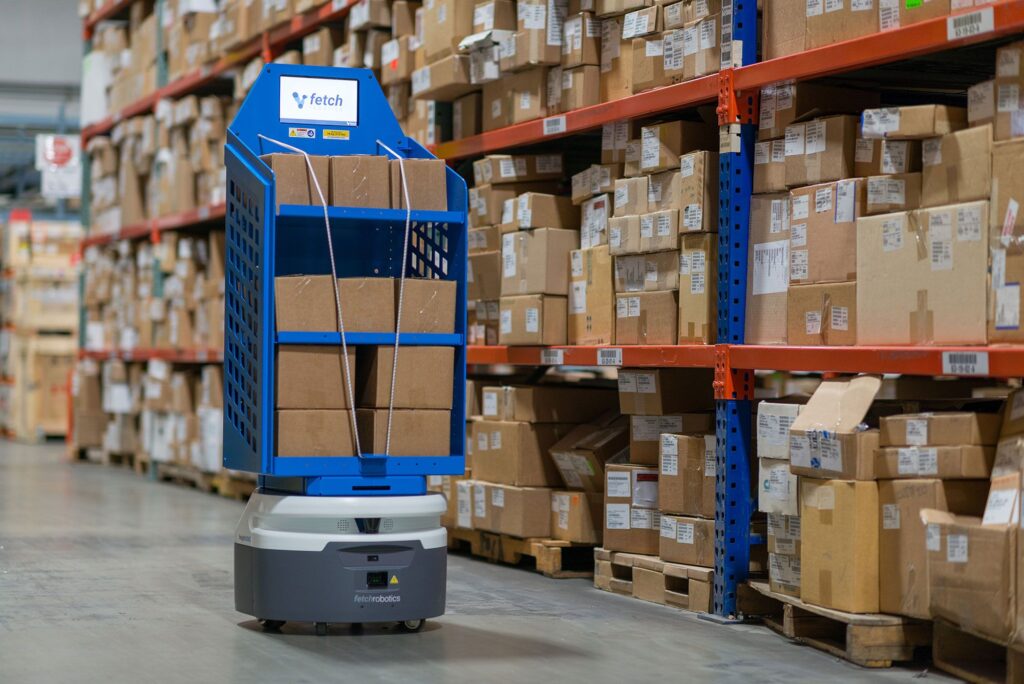

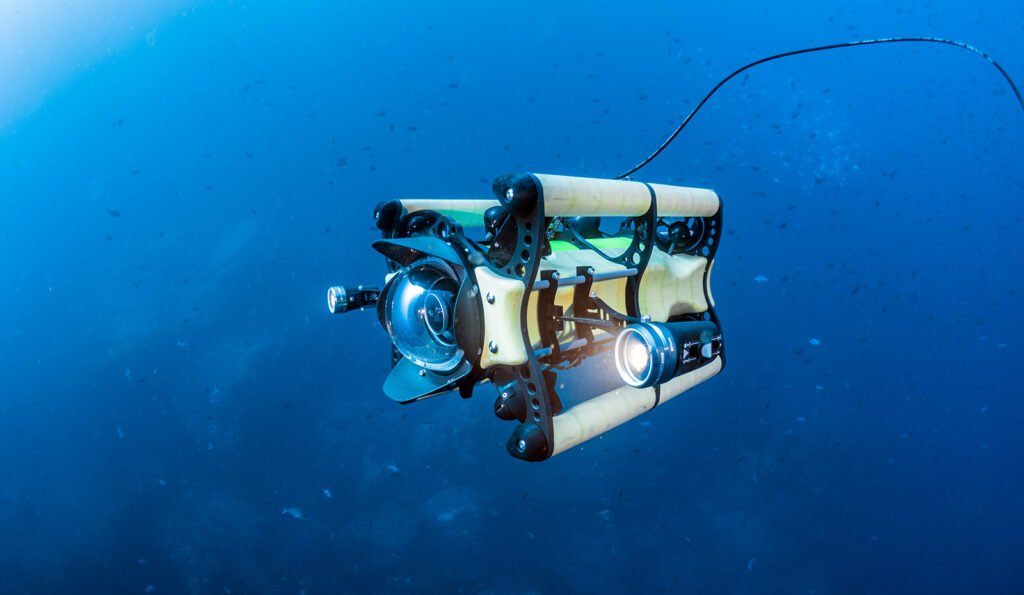

Robots in the movies
There are also a lot of famous robots in movies today that you may have seen. Lets look at a few of them:
WALL-E is a famous pixar robot from the movie WALL-E. You can see he has camera like binoculars to help him see the world, with tank like tracks to help him move, and arms to manipulate objects around him.
BB-8 and D-O from the star wars universe are also examples of robots. They help out the main characters, providing information and tools.
Another film Big Hero-6 has a lovable companion robot named Baymax that helps the main character. Baymax helps protect and fight with his partner.
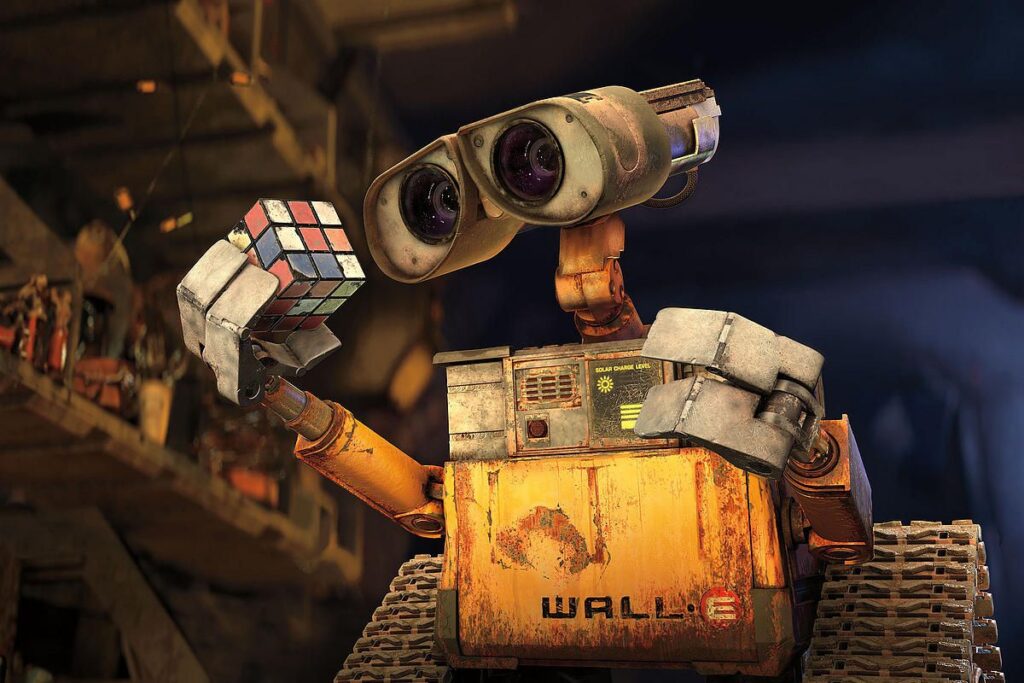

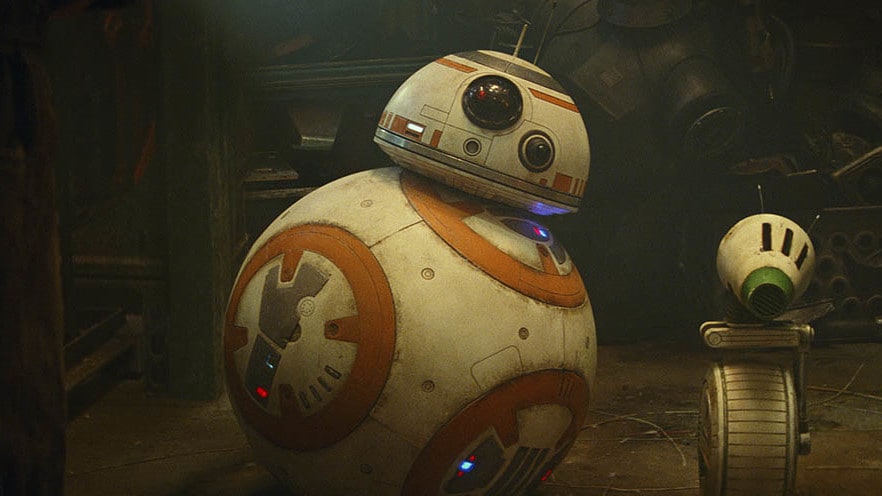

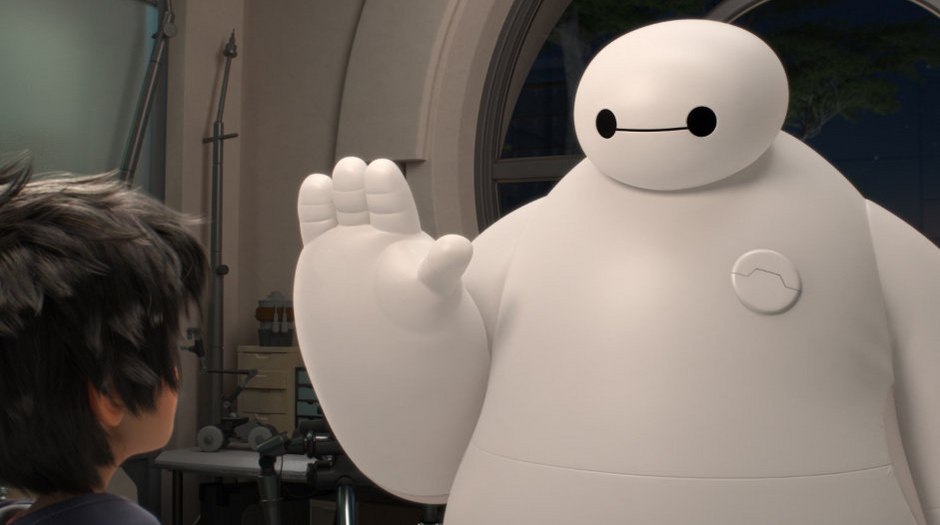

Its important to realize that robots in movies do not reflect robots today. Robots today need power like electricity to run wirelessly, meaning with the most advanced technology they would only function for a few hours before requiring recharging. The robots also demonstrate general artificial intelligence (the ability to understand everything in the world around them), which does not exist yet today. In addition, the more complex tasks they perform the more computer processing power is required, so robots today either have computers inside them, or if the computer was in the cloud would have network latency (a delay) in how quickly they react to the environment around them and perform actions.
Robots that move are known as autonomous mobile robots (AMRs). It is important to understand robots can appear and function in all kinds of ways – there are robots with one wheel, two wheels, arms, propellers. There are robots in factories who don’t move, but perform a given repetitive motion very well. A given robot will be built to be good at the task it was designed to do.
Now that we know at a high level what a robot is, lets dive into how exactly a robot experiences the world.
